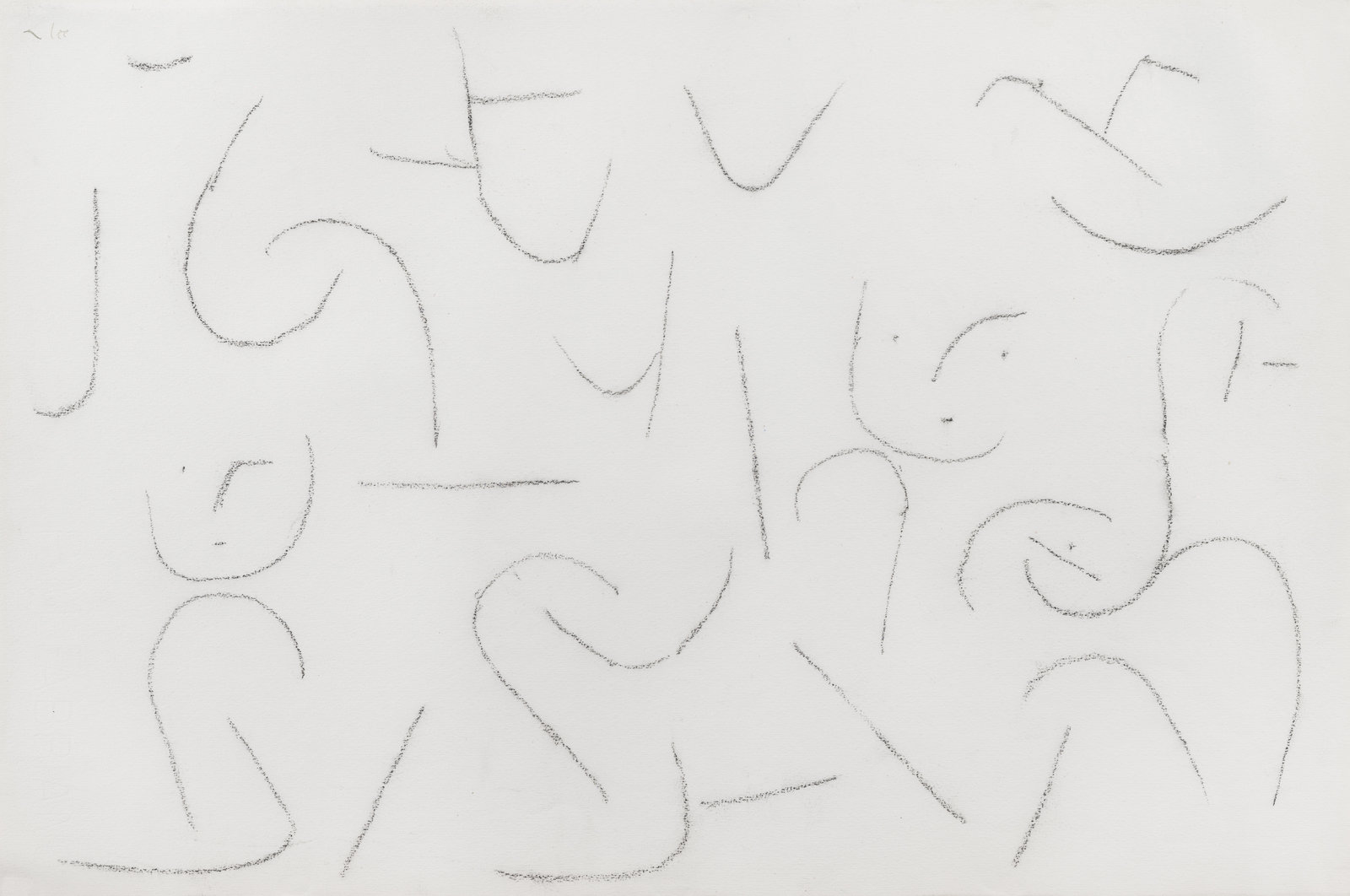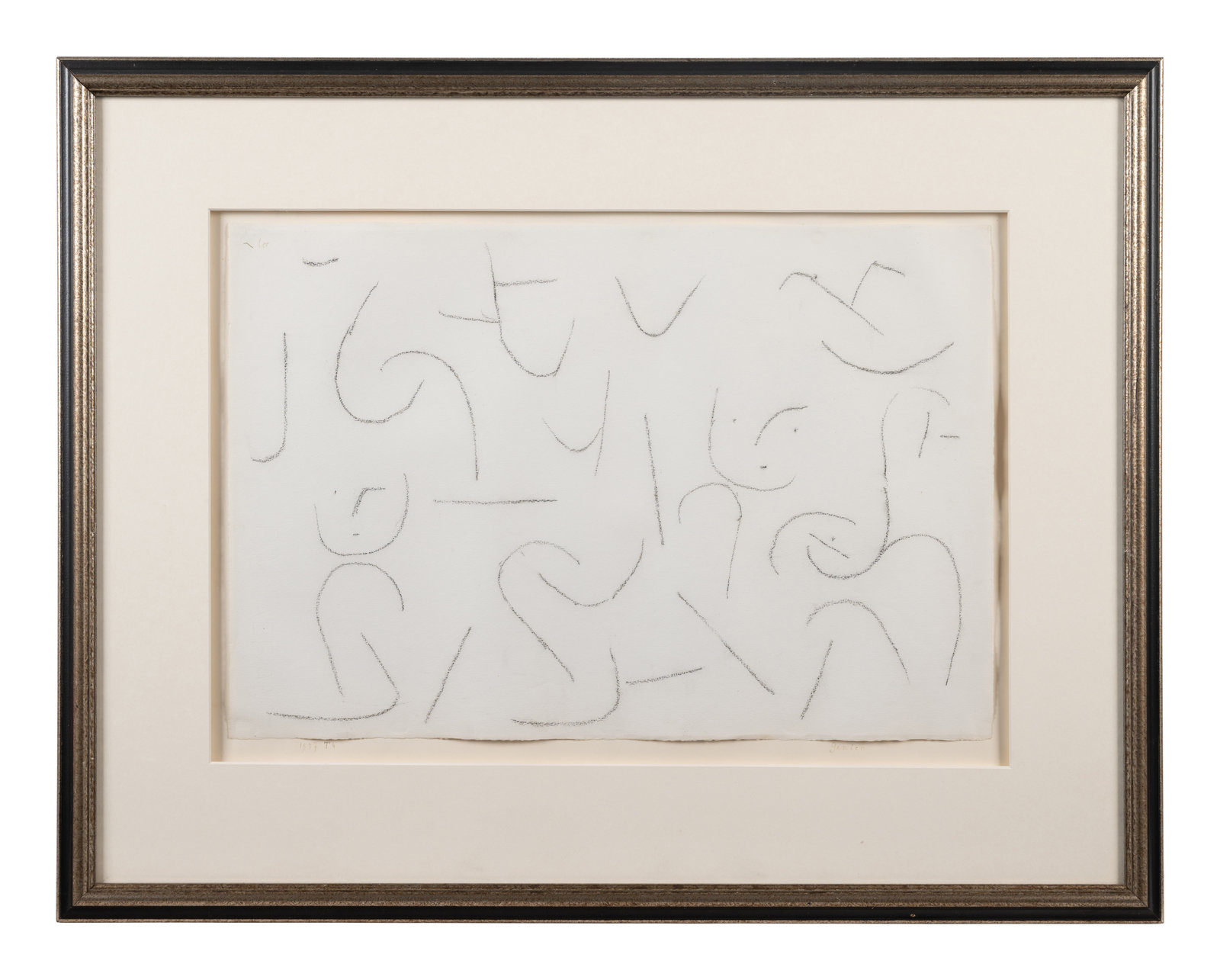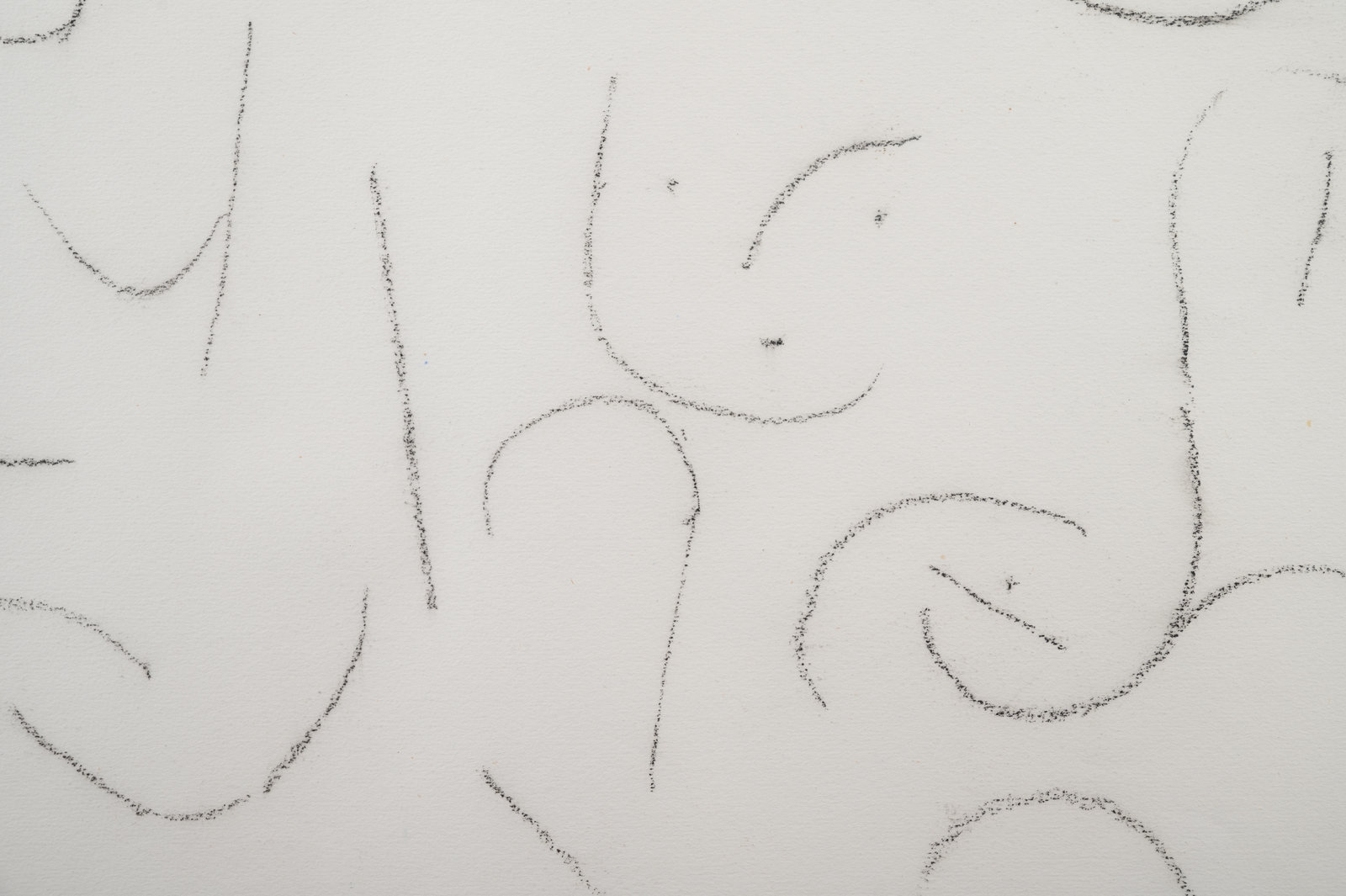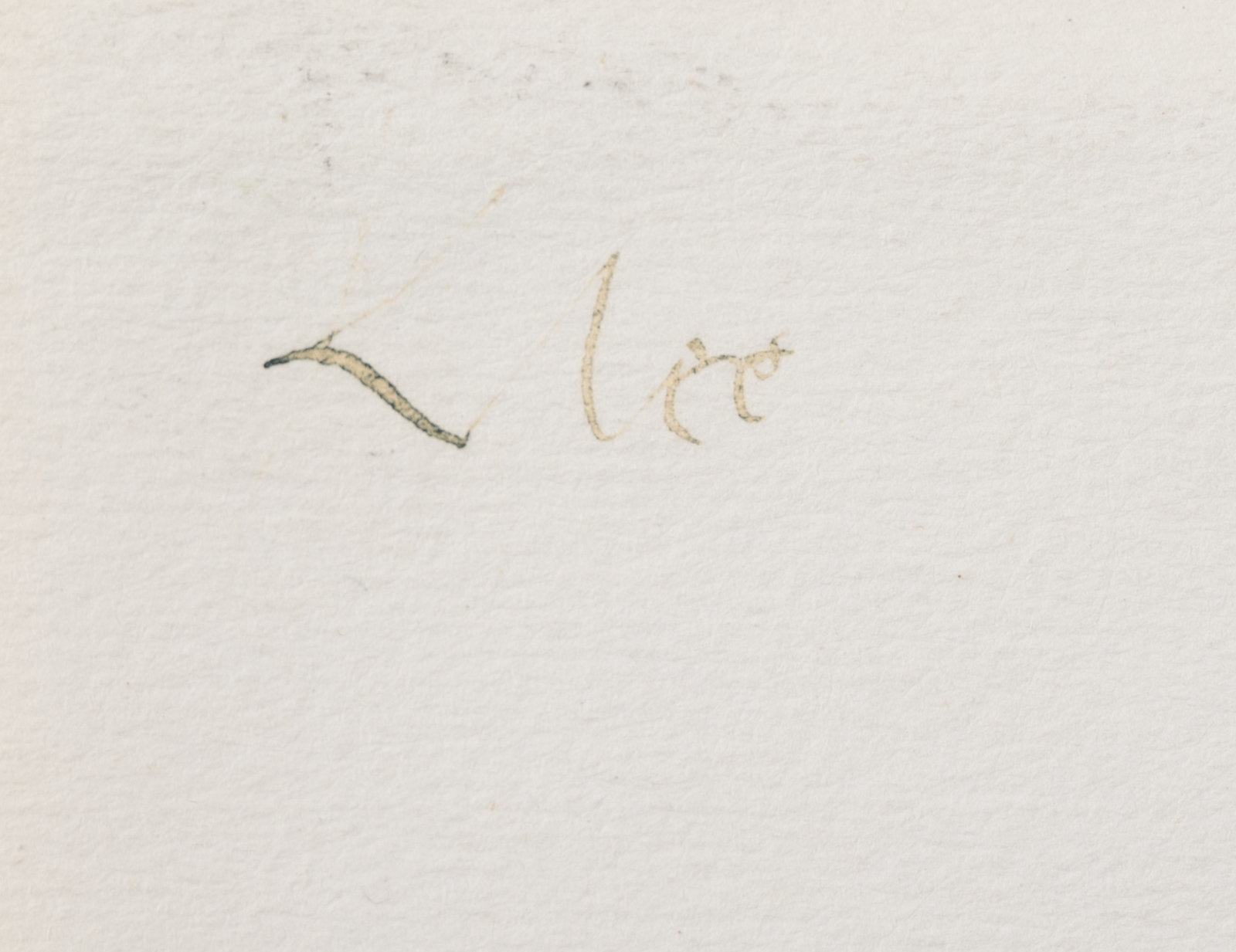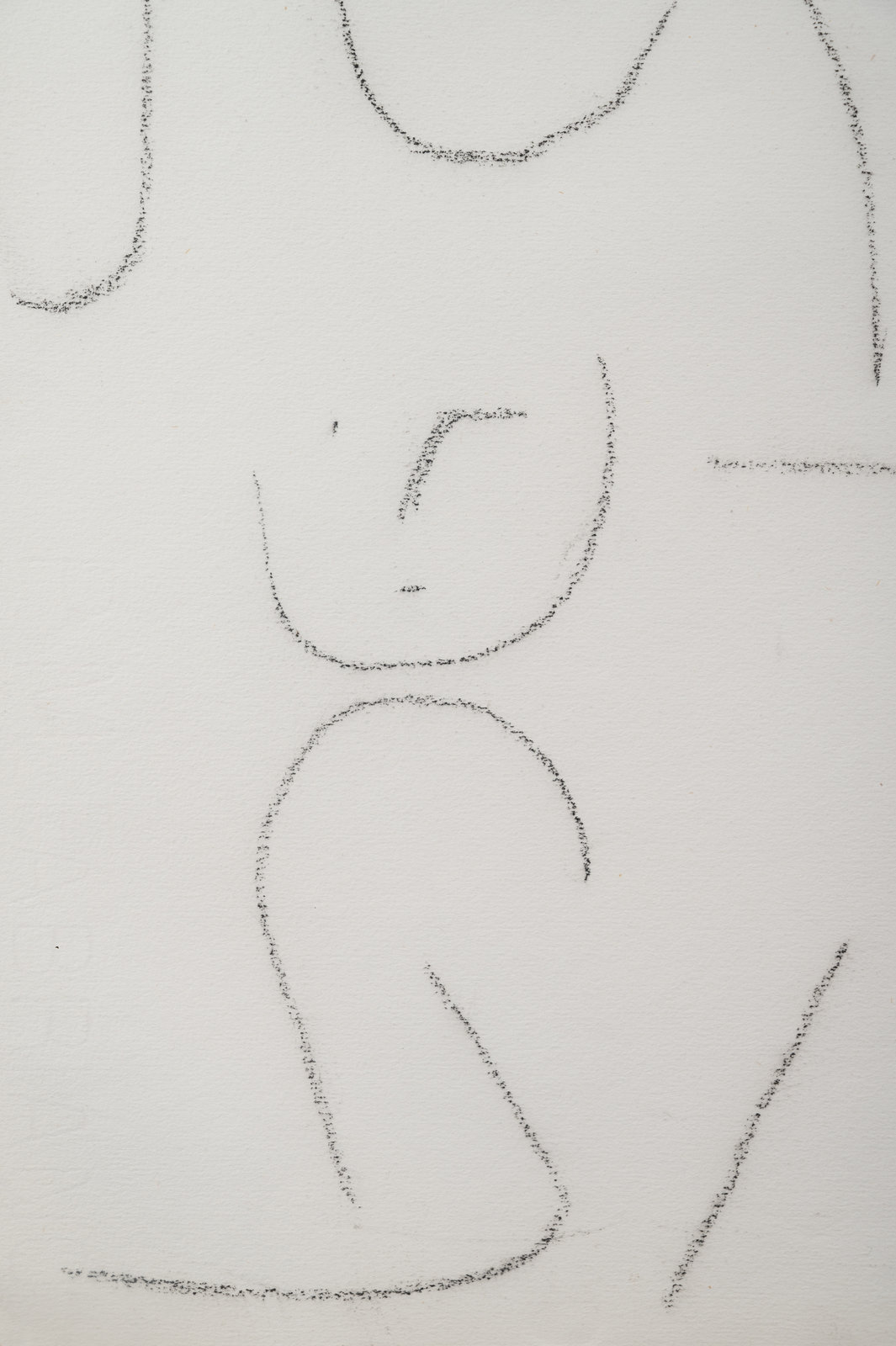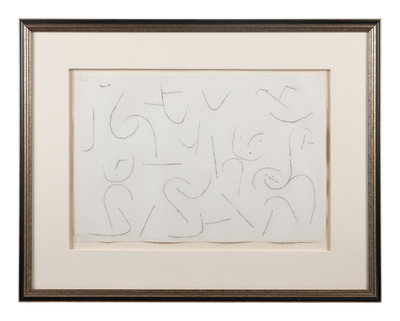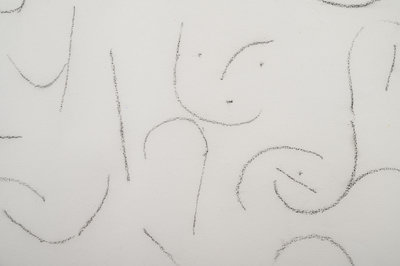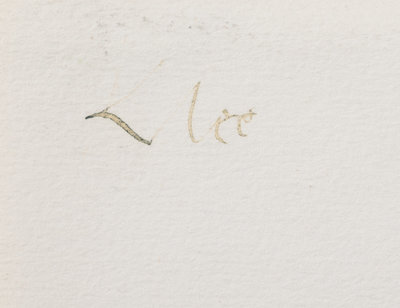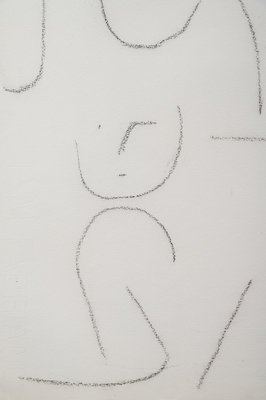Paul Klee
(German, 1879–1940)
Genien
, 1937
Sale 1113 - American & European Art
Dec 7, 2022
10:00AM CT
Live / Chicago
Estimate
$25,000 -
$35,000
Sold for $25,000
Sold prices are inclusive of Buyer’s Premium
Lot Description
Paul Klee
(German, 1879–1940)
Genien
, 1937graphite on paper laid to folded cardboard
signed Klee (upper left); dated and numbered T4 (lower left); titled (lower right); inscribed einf. Blatt (on the upper left of the folded half of the cardboard mount) [Please note that the protective cardboard was cut away and is now in the Paul Klee Foundation, Bern, Switzerland.]
12 3/4 x 19 inches.
This lot is located in Chicago.
Provenance:
Hermann and Margrit Rupf, Bern, Switzerland, until 1953
Galerie Rosengart, Lucerne, Switzerland (1953-1955)
Leigh B. and Mary Block, Chicago, by 1955
Literature:
Richard Verdi, "Musical Influences on the Art of Paul Klee," Museum Studies, vol. 3, Chicago, 1968, pp. 93-94, fig. 11, illus.
The Paul Klee Foundation (ed.), Paul Klee. Catalogue raisonné, Volume 7, 1934-38, Bern, 2004, p. 301, no. 7120, illus.
Lot note:
Genien, 1937, reveals Paul Klee’s avid enthusiasm for mythology and folklore, as well as his search to translate the temporal qualities of music into visual form. As a child, Klee had been a musical prodigy, but gave up the violin to study art in Munich in 1898. There he became influenced by the Jugendstil’s ideas of higher spiritual realities beyond the visible world that he would develop into his own complex artistic theories. In his 1920 essay, “Creative Confession,” the artist compared the creation of a work of art to a journey through space and thereby time, concluding, “The pictorial work sprang from movement, it is itself fixed movement and it is grasped by movement (eye muscles).” (Paul Klee, “Schöpferische Konfession,” Tribüne der Kunst und Zeit, Berlin, 1920, pp. 34-35)
Especially in the last decade of his life, Klee executed a series of paintings in which fragmentary linear patterns are combined with planar areas of multiple colors, to create structural rhythms. The present work is likely a preliminary study for Sextett der Genien, a pastel also made in 1937 (sold at Christie's New York, November 12, 2019, Lot 126). The study reveals that the artist first planned the linear configuration of the design by combining and re-combining a few basic motifs. The subject of Genien, or genies in English, are known in folklore as shapeshifting supernatural creatures. At times described as malevolent, mischievous, or benevolent, genies could take on many forms, including the wind. The artist has appropriated this subject matter and composed it into his own distinctive artistic language. The calligraphic lines, both curved and straight, have a distinct sense of movement and energy that convey the shifting presence of the genies. The varied strokes transmit a lively tempo that leads the eye around the composition. The artist’s playful sense of humor can also be seen in the abstract faces of each fabled figure that peer out of the maze-like lines. The result is as unpredictable as it is ingenious and creates a powerful cadence to the magical scene.
The present work was first held in the collection of Hermann and Margrit Rupf of Bern, Switzerland. The couple were early proponents of avant-garde art in Switzerland and generous patrons and advocates of contemporary artists. The Rupfs established the first major collection of Cubist and abstract art in Bern, alongside an important collection of contemporary Swiss art, which they bequeathed to the city’s Kunstmuseum in 1954. As a result of their collecting activities, the Rupfs became close friends with Paul and Lily Klee and after 1913 they regularly acquired works from the artist. They may very well have acquired Genien directly from Klee. The drawing was also formerly in the collection of Leigh B. and Mary Block, who purchased it from the Galerie Rosengart in Lucerne, Switzerland in 1955. The Blocks were life-long residents of Chicago and owned one of the prime private art collections in the United States, including Van Gogh’s Self-Portrait with Bandaged Ear, 1889 (Private Collection). In 1980, the couple donated funds to Northwestern University to establish what is now the Block Museum, an important institution in the art and cultural scene of Chicago. The provenance of this lively artwork highlights its importance within the artist’s oeuvre.
Condition Report
The physical condition of lots in our auctions can vary due to
age, normal wear and tear, previous damage, and
restoration/repair. All lots are sold "AS IS," in the condition
they are in at the time of the auction, and we and the seller make
no representation or warranty and assume no liability of any kind
as to a lot's condition. Any reference to condition in a catalogue
description or a condition report shall not amount to a full
accounting of condition. Condition reports prepared by Hindman
staff are provided as a convenience and may be requested from the
Department prior to bidding.
The absence of a posted condition report on the Hindman website or
in our catalogues should not be interpreted as commentary on an
item's condition. Prospective buyers are responsible for
inspecting a lot or sending their agent or conservator to inspect
the lot on their behalf, and for ensuring that they have
requested, received and understood any condition report provided
by Hindman.
Please email fineart@hindmanauctions.com for any additional information or questions you may have regarding this lot.
